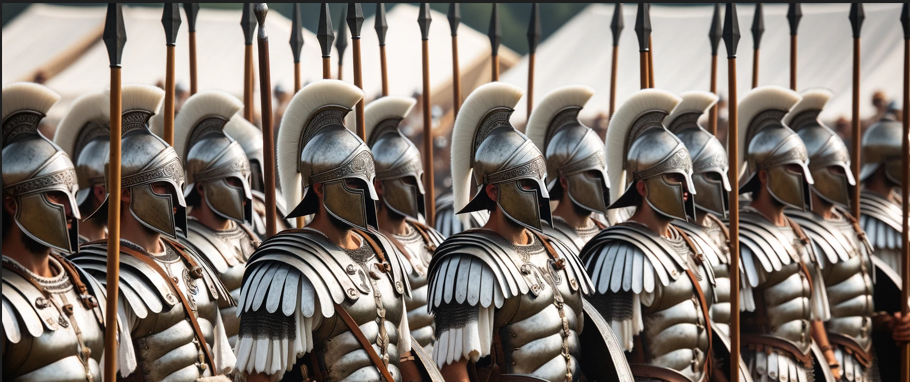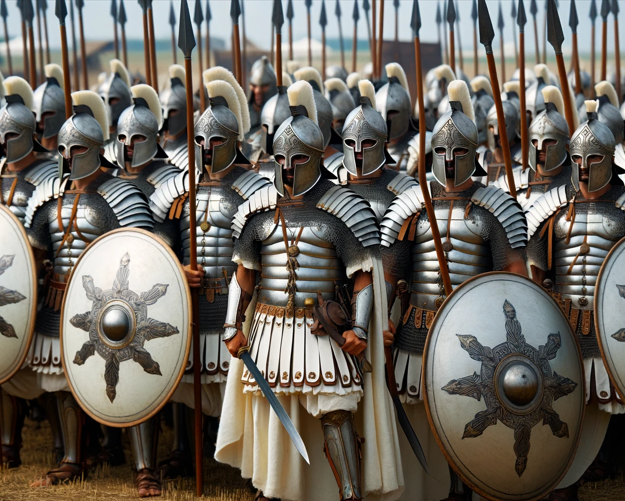Aomekioni
Originating from a mixture of cultures, the Aomekioni were known for their regionally significant empire. They typically posses excellent skills in strategy, governance, and architecture.
Home Region: Coasts along the Zenos Sraits
Origin: Result of cultural melting pot between Poscaean, Ghiskan, Aetian, and Ianananosian c. 160 AR
Presence: Waning
Common Religions: Aetian Pantheon, Poscaean Pantheon, Ghiskan, Ilueism Real World Influence: Greek, Phoenician, Carthaginian, Syracusan 5e Additions:
Magic Proficiency: Fire Evocation
Non-Magic Proficiency: Deception
Origin: Result of cultural melting pot between Poscaean, Ghiskan, Aetian, and Ianananosian c. 160 AR
Presence: Waning
Common Religions: Aetian Pantheon, Poscaean Pantheon, Ghiskan, Ilueism Real World Influence: Greek, Phoenician, Carthaginian, Syracusan 5e Additions:
Magic Proficiency: Fire Evocation
Non-Magic Proficiency: Deception
History
The rise of the Aomekioni stands as a testament to the resilience and adaptability of a people born from the ashes of chaos. It began as a fledgling state carved out of the fracturing Neo Poscaea in 144 AR. Aomekion devoured its sibling city-states, forging a new national identity bolstered by its military might. Though its army was disciplined and formidable, its strength was hampered by a lack of numbers—a flaw that would soon find an unexpected solution. By 150 AR, fate intervened in the form of the enigmatic Seleutine Lost Legion, an elite yet exiled force from the Seleutine Empire. Disgraced and disillusioned with their homeland’s aristocracy, the Legion offered their loyalty to King Amarkos of Aomekion. Their expertise in strategy and warfare became a game-changer. Together, they orchestrated a series of decisive victories, reclaiming former Neo Poscaian territories and cementing Aomekion’s influence. In 165 AR, the partnership took an audacious turn. The Lost Legion invited King Amarkos to the Seleutine city of Sida, a region teetering on the brink of collapse amid chaos and disorder. With the Legion’s backing, Amarkos seized the opportunity, executing a near-effortless coup that brought Sida and its surrounding lands under Aomekion’s control. This maneuver not only expanded Aomekion’s domain but also lent it an air of legitimacy as a rising power. Over the next century, Aomekion grew bolder. By the 300s AR, it had waged multiple successful campaigns against the Seleutines, coming tantalizingly close to capturing their capital, Hypsos. Yet, even at its zenith, cracks in Aomekion’s foundations were beginning to show. Intricately linked to the demise of the Seleutine Empire, the Aomekioni, with their roots intertwined with the defected Seleutine Legions, proudly saw themselves as the rightful heirs to the Seleutine legacy. For over three centuries, Aomekion thrived as a regional powerhouse. However, its downfall began with the emergence of the Morosian Empire. By 500 AR, Morosia had annexed the nearby state of Sria following a swift coup, placing it on Aomekion’s doorstep. Morosia’s ambition to unify the eastern coast under its banner posed an existential threat. As the Great Pax subdued most of Kronis, Aomekion found itself isolated and vulnerable. Facing the full might of Morosia’s military and diplomatic pressure, it was outmaneuvered at every turn. Over a century of conflict and negotiation saw Aomekion’s territories gradually absorbed, culminating in its annexation in 589 AR. In the aftermath, the mantle of "true successor to the Poscaean and Seleutine Empires" passed to Nirus. Aomekion’s legacy faded into history—a tale of ambition, triumph, and ultimate decline. Yet, its rise from a rebellious city-state to a formidable empire remains one of Kronis’s most captivating stories. ... Yet, history is a relentless tide. By 790 AR, with the rise of the Alexian Empire, Nirus bowed to Alexia. The emergent Alexian culture, claiming the mantle of succession, cast a long shadow over the Aomekioni heritage. Under the Empire's rule, the vibrant Aomekioni culture began to fade, slowly woven into the Alexian fabric. As the echoes of their once-proud lineage grew dimmer, only a handful clung to the remnants of a culture that once commanded the Zenos Straits, a whisper of glory in the annals of time.Traditions
The Aomekioni are renowned for their architectural marvels - temples and structures that echo the grandeur of their past. Their distinctive column-making, a harmonious blend of southern Aetian elegance and robust Poscaean styles, birthed a unique architectural language. These temples, more than just structures, were the beating heart of every Aomekioni community, with specific days set aside for communal worship, deeply ingrained in their cultural fabric. This reverence for temple-like aesthetics was so profound that even their governmental and civic buildings mirrored the grandeur of these sacred spaces. Amidst their architectural feats, the Aomekioni culture was also vibrant with festivals - a kaleidoscope of religious ceremonies and jubilant celebrations. These ranged from Aetian-inspired festivals that celebrated the spirit of community to Poscaean fire festivals, imbued with mystique and wonder. Over time, though, the original mythological and sacred essences of these festivals evolved, taking on a uniquely Aomekioni flavor that blended reverence with revelry. The Aomekioni's influence on religious practice was profound and enduring. They pioneered the shift towards smaller, more abundant basilicas for weekly worship, a concept that later became a cornerstone of the Dominion Religion. This architectural and cultural legacy left by the Aomekioni continues to resonate, a testament to their innovative spirit and their profound impact on the spiritual landscape of their successors.Mythos
The Aomekioni are largely human-dominated, but also have a mixture of orcs and elves to a small degree. They relied more on physical weaponry than magic - and indeed only found specialization in fire evocation, but it was rarely supported. Some defectors from Aomekion found their way amongst the Iananosian people and created the first magically infused weapons known to exist. Aomekioni were known to wage war alongside the Srians against the creatures which spilled forth from the mountains. Aomekion supported a Sentinel castle against the Tridonan Mountains, but it eventually fell after the Morosian invasions. There are legends that even the gods had disdain for the Aomekioni peopleNaming Traditions
Aomeki names follow Aetian and Poscaean naming convention of [First Name], [Last Name/Dynasty] or standing alone. Common examples
Male: Mithrion, Lameton, Marcin Akrelian, Alabasil Therios, Kalamyta Xonara, Kalladon Azuras
Female: Nysarene, Samara, Callithra Mirsanai, Eudokia Pselliana, Salmara Daziphora
The Seleutine Lost Legion standing ready to recieve King Amarkos outside of Sida
Parent ethnicities




Comments